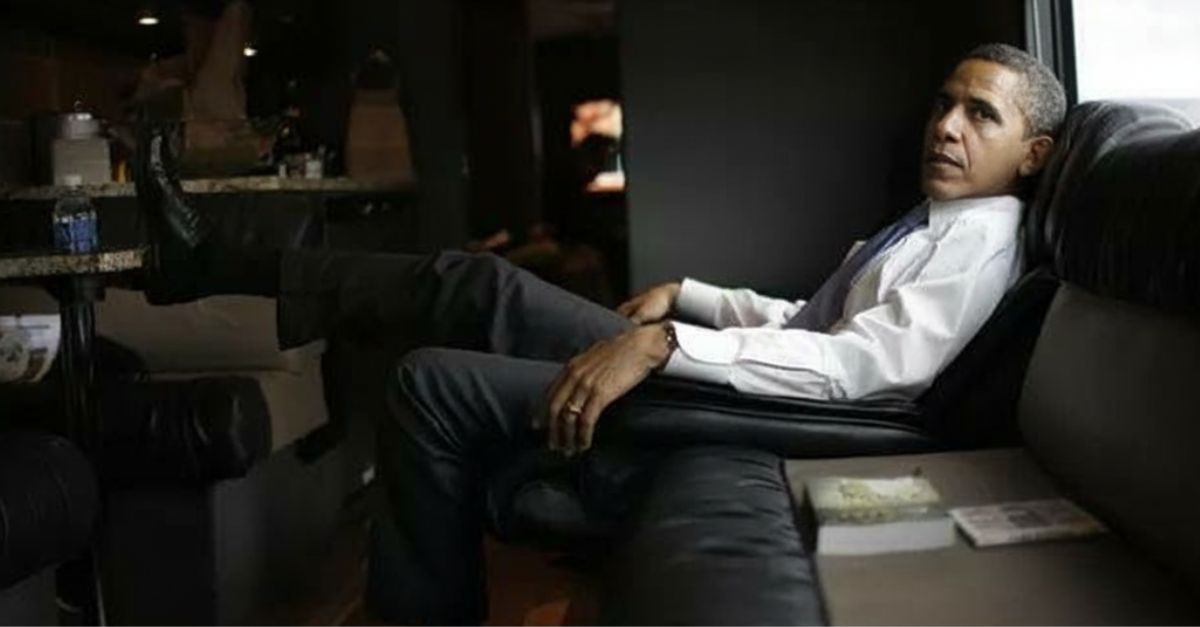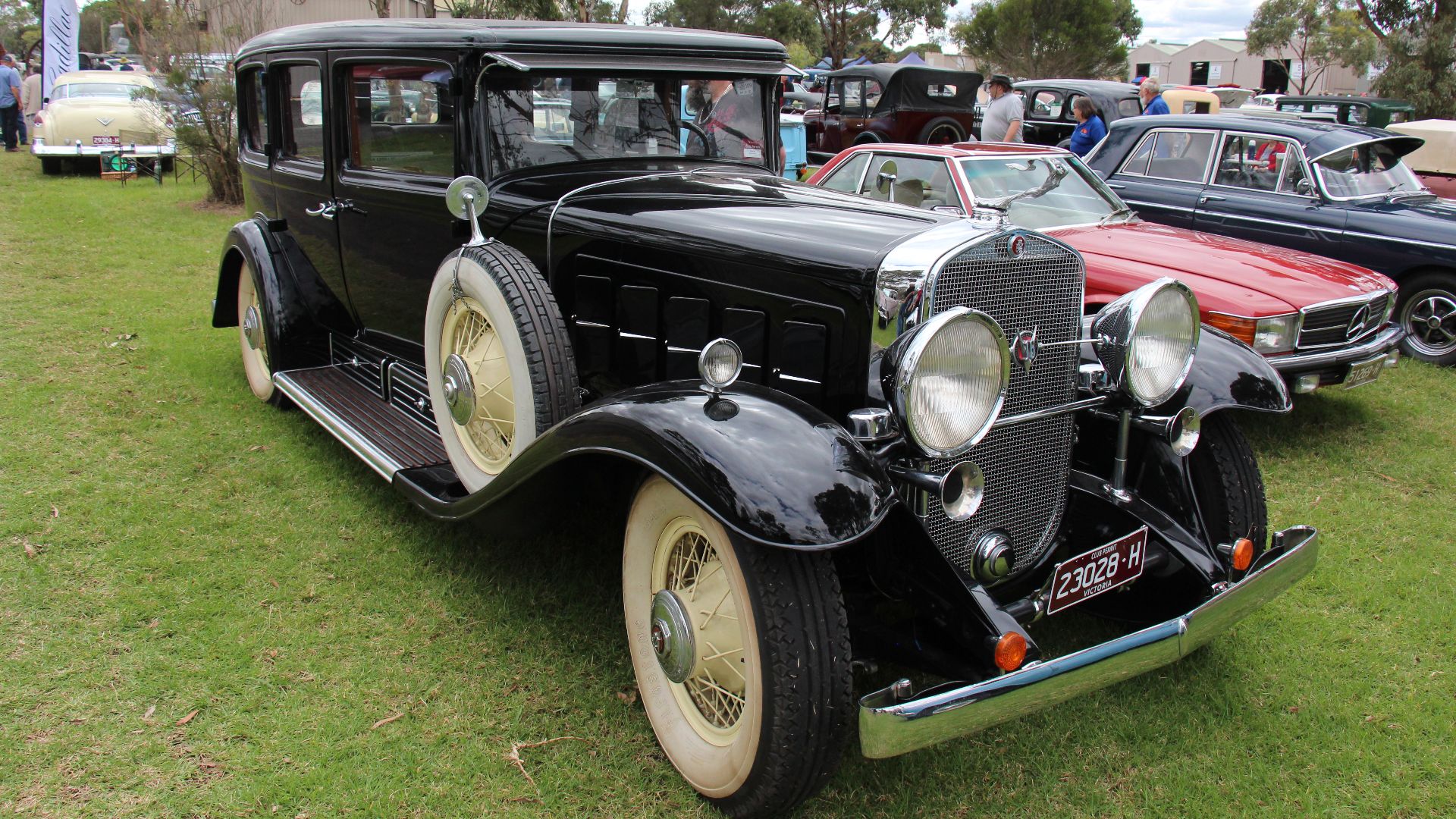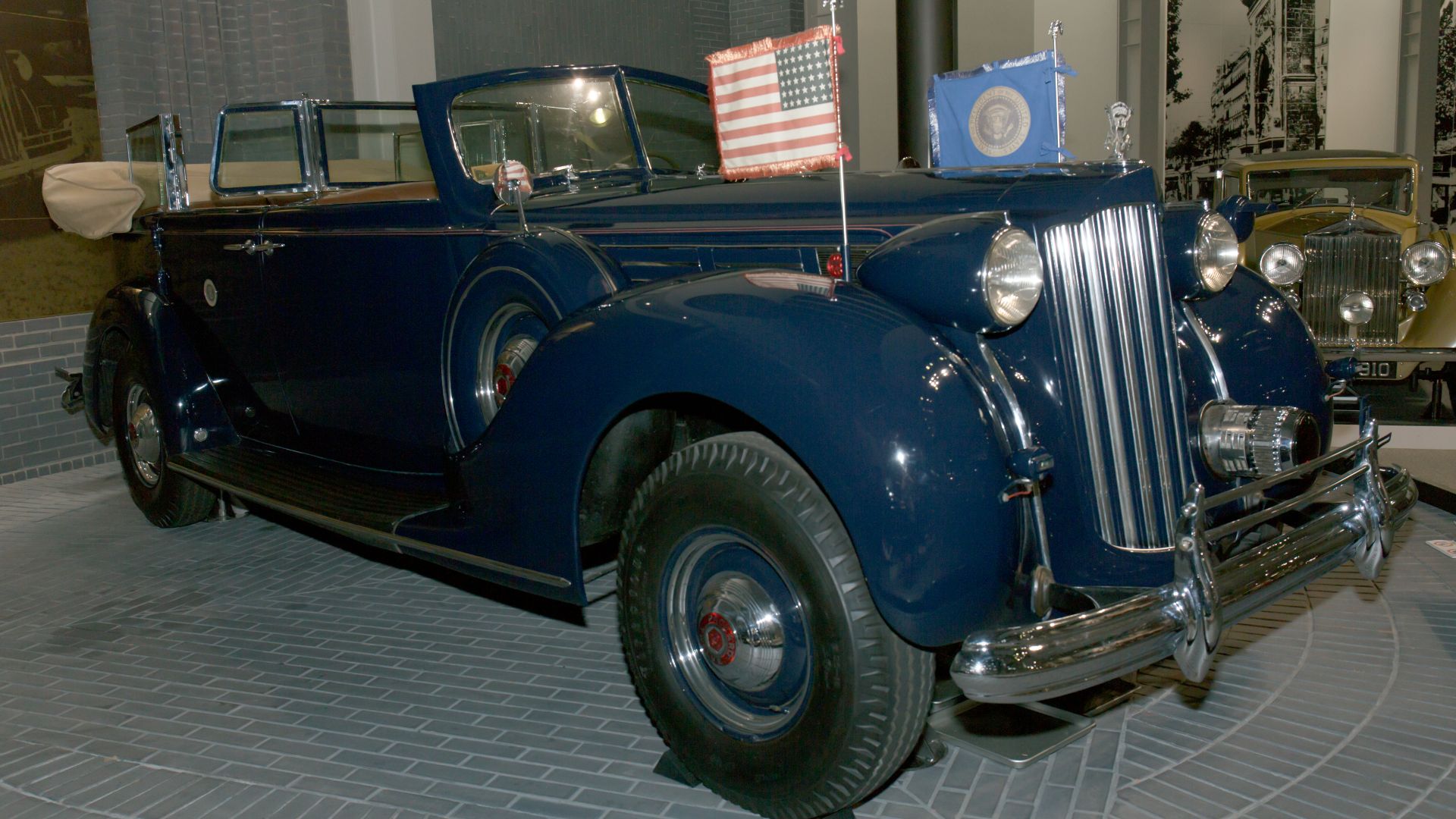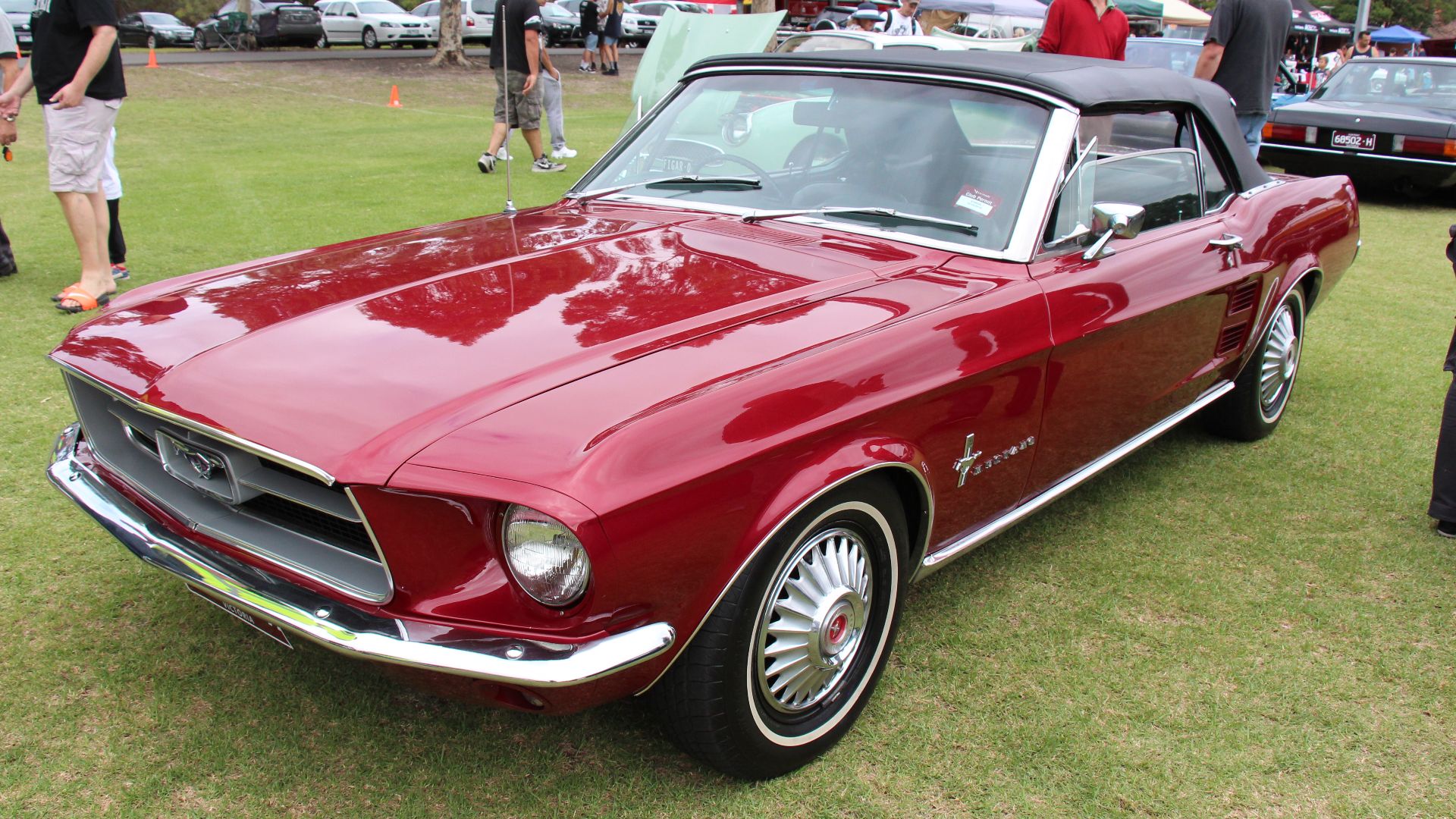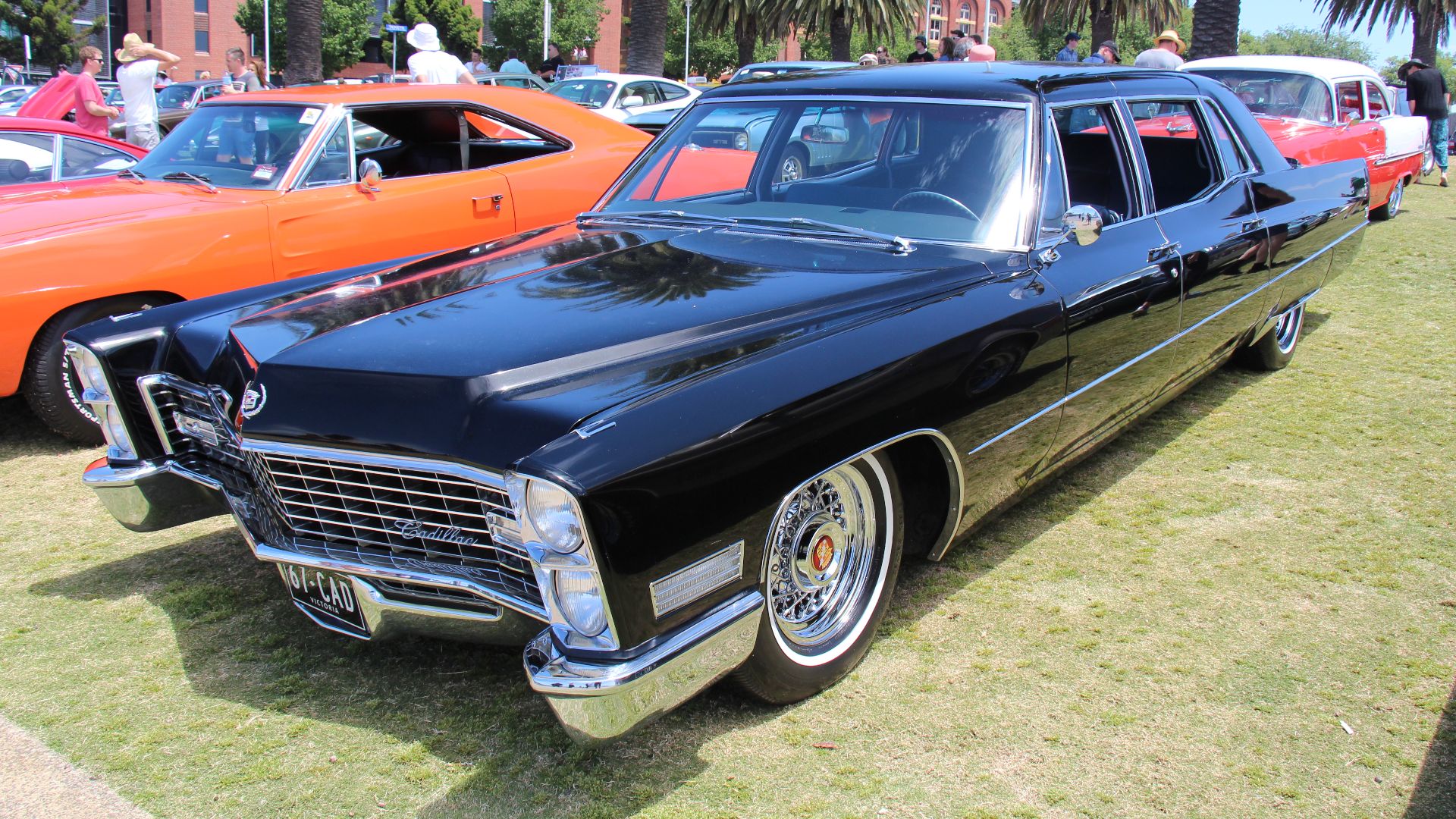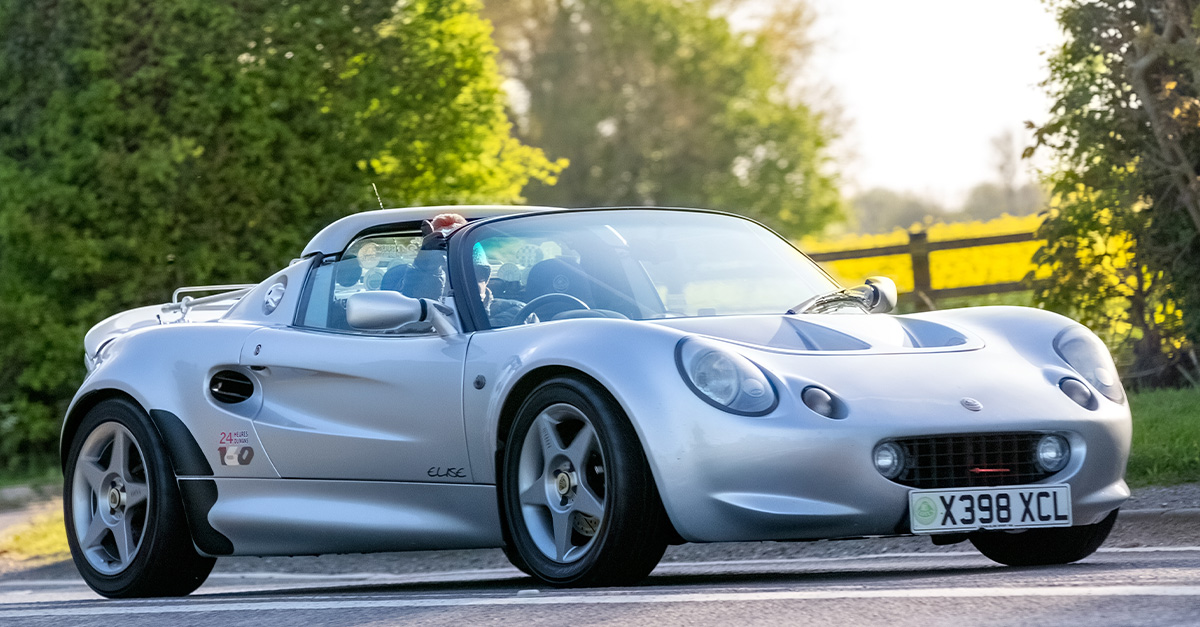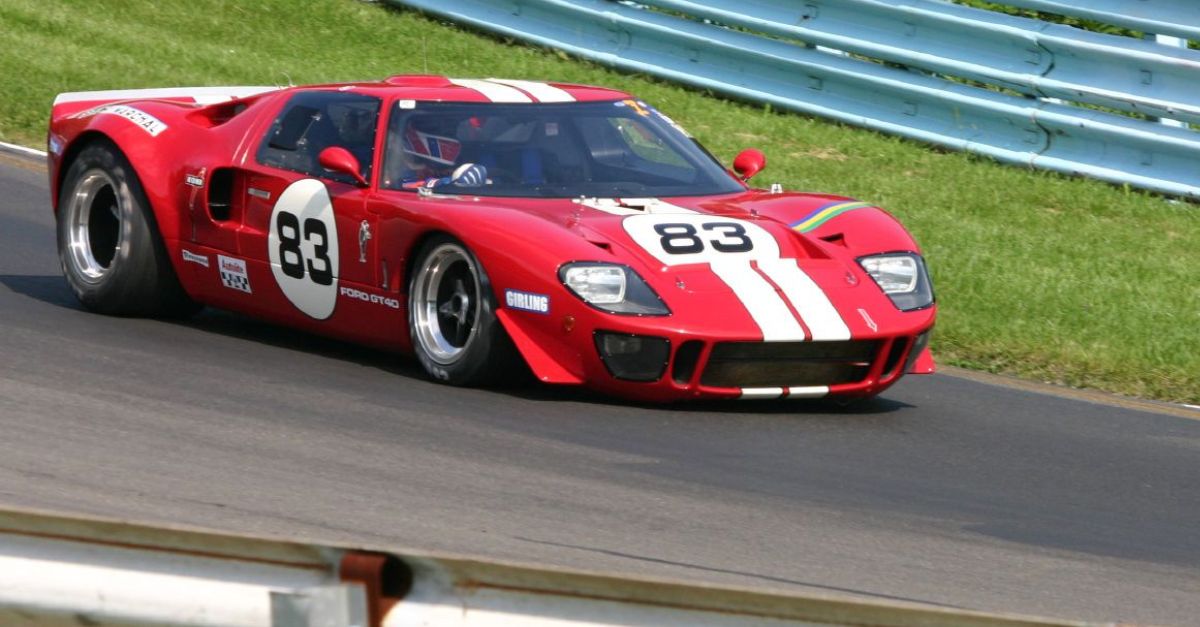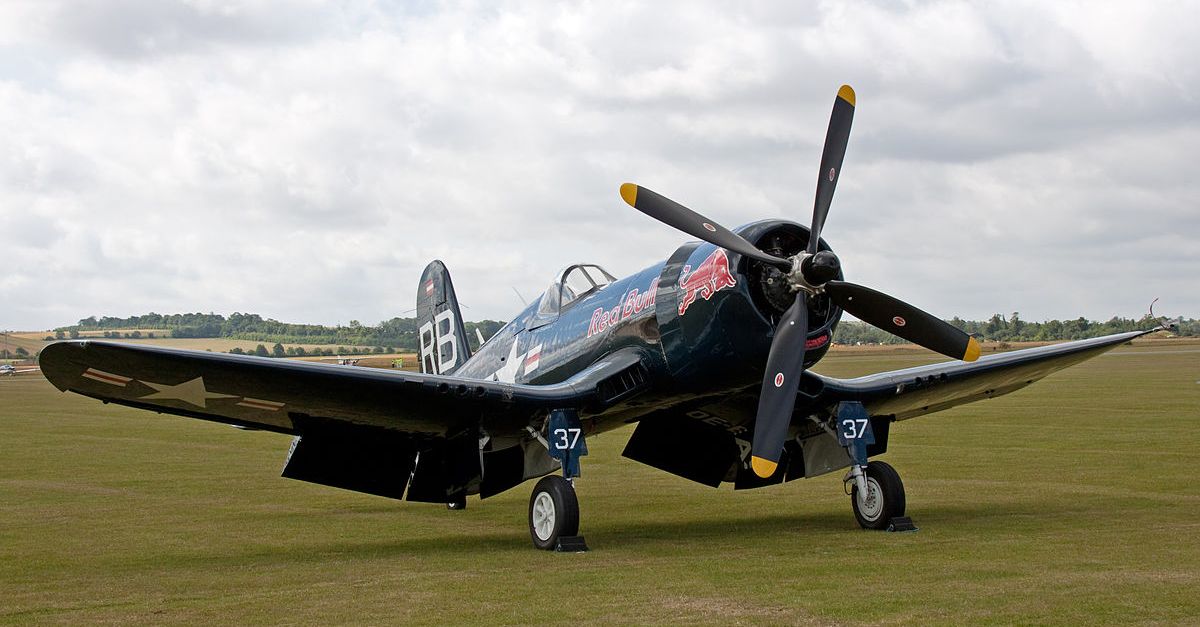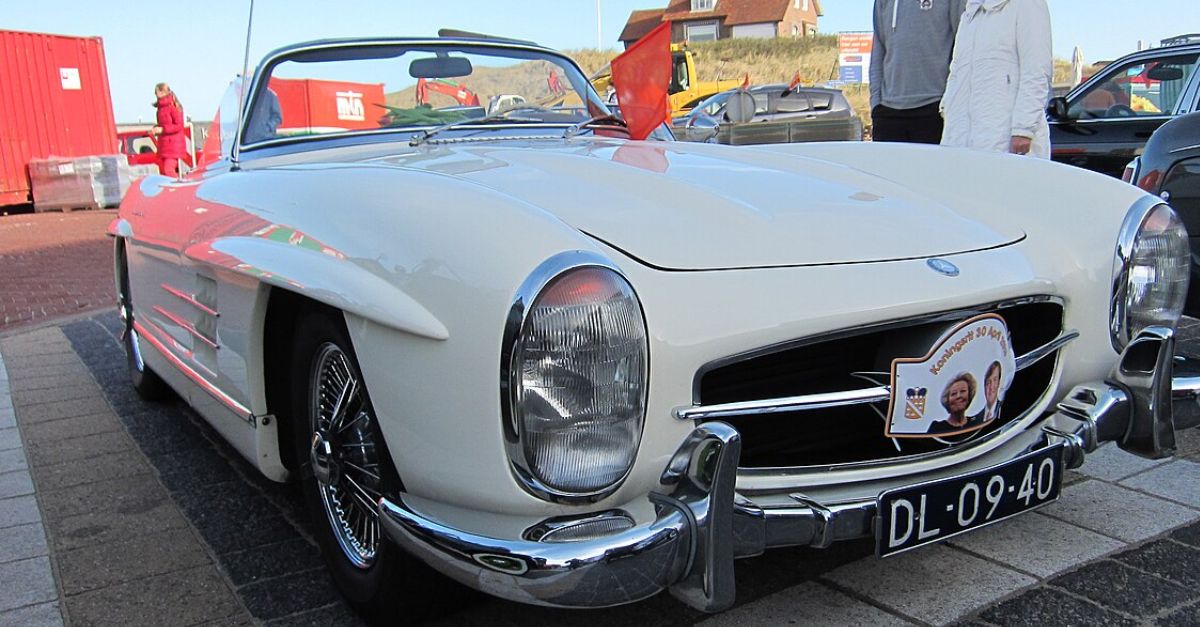Inside The Machines That Moved America’s Leaders
You can learn a surprising amount about a president from the car they chose. Some selections were bold statements of power, others surprisingly humble. Each vehicle offers a revealing glimpse into the leader behind the wheel.
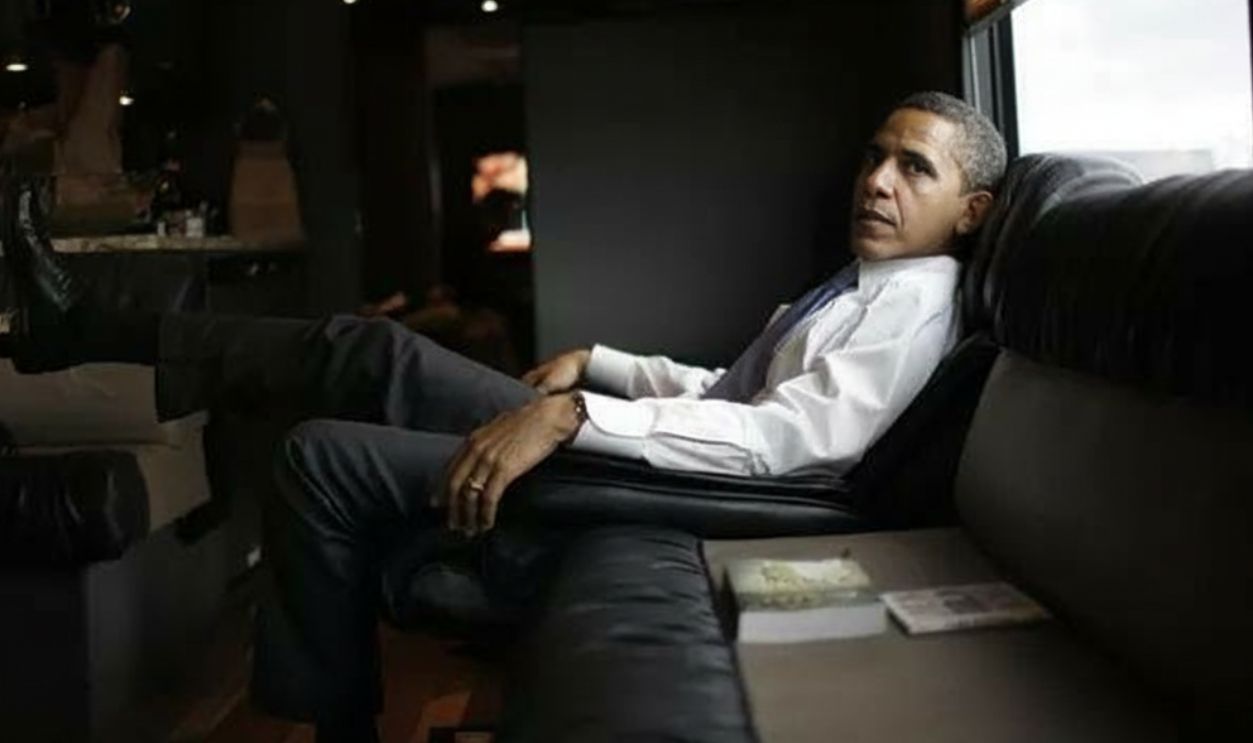
1923 Rolls-Royce Silver Ghost
The 1923 Silver Ghost given to President Woodrow Wilson carried a refined character. Its 7.4‑liter six‑cylinder engine paired with a four‑speed transmission delivered a smooth ride. With custom modifications that helped Wilson accommodate his top hat, the car became less of a luxury gift and more of a personal gesture.
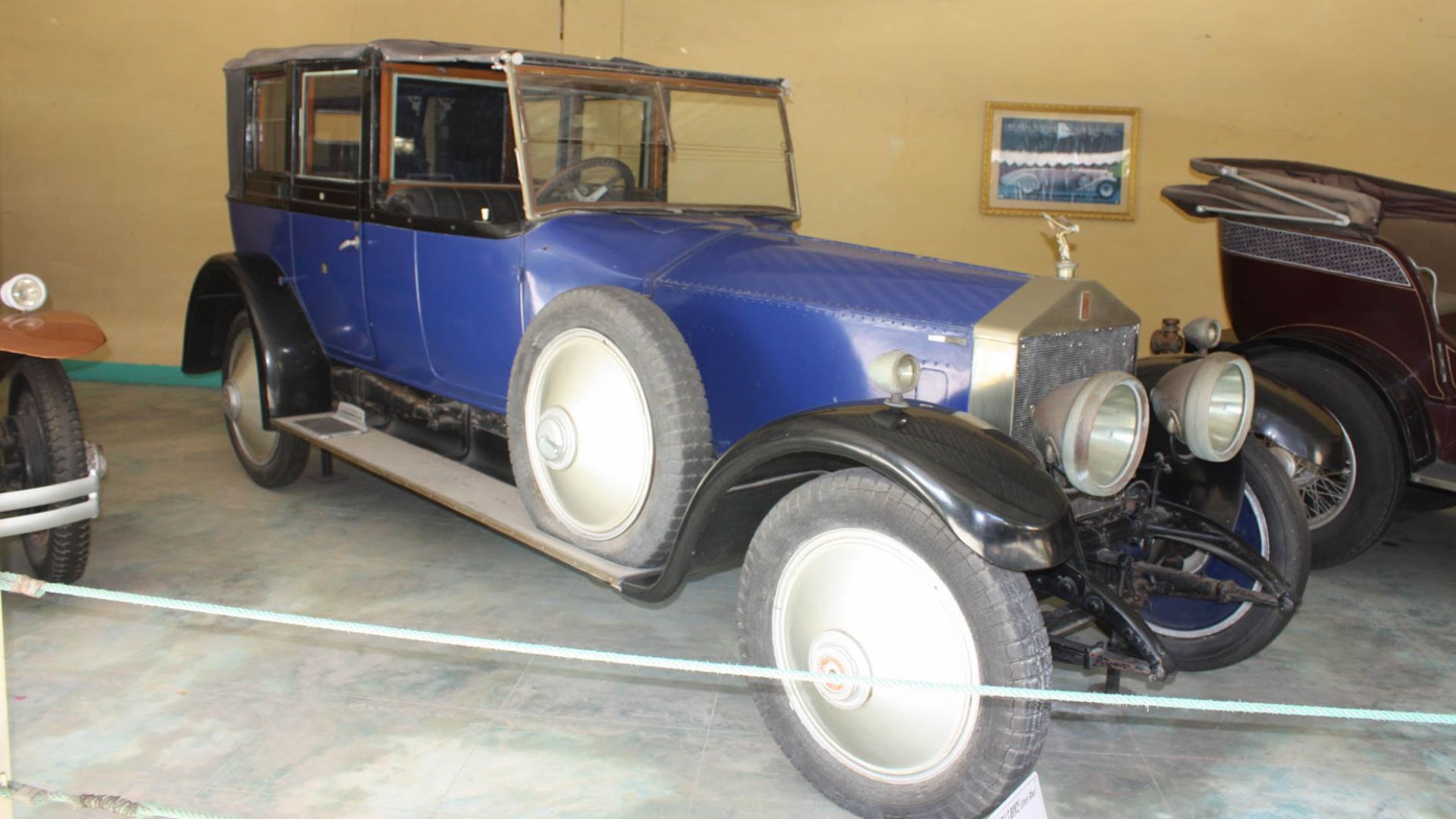 Shaunak Modi, Wikimedia Commons
Shaunak Modi, Wikimedia Commons
1930 Cadillac V-16 Series 452-B
When Cadillac introduced the V-16, it was raising the bar. The silky 7.4-liter V16 showed off engineering confidence during tough economic times. Naturally, it drew dignitaries and celebrities who wanted something unmistakably American and luxurious, along with being secure.
1936 Ford Phaeton
Some cars were built with pure practicality in mind, and the 1936 Ford Phaeton absolutely fits that description. Its flathead V8 and open body made it perfect for breezy travel. Even better, President Franklin D. Roosevelt’s hand-controlled version demonstrated its adaptability when mobility mattered.
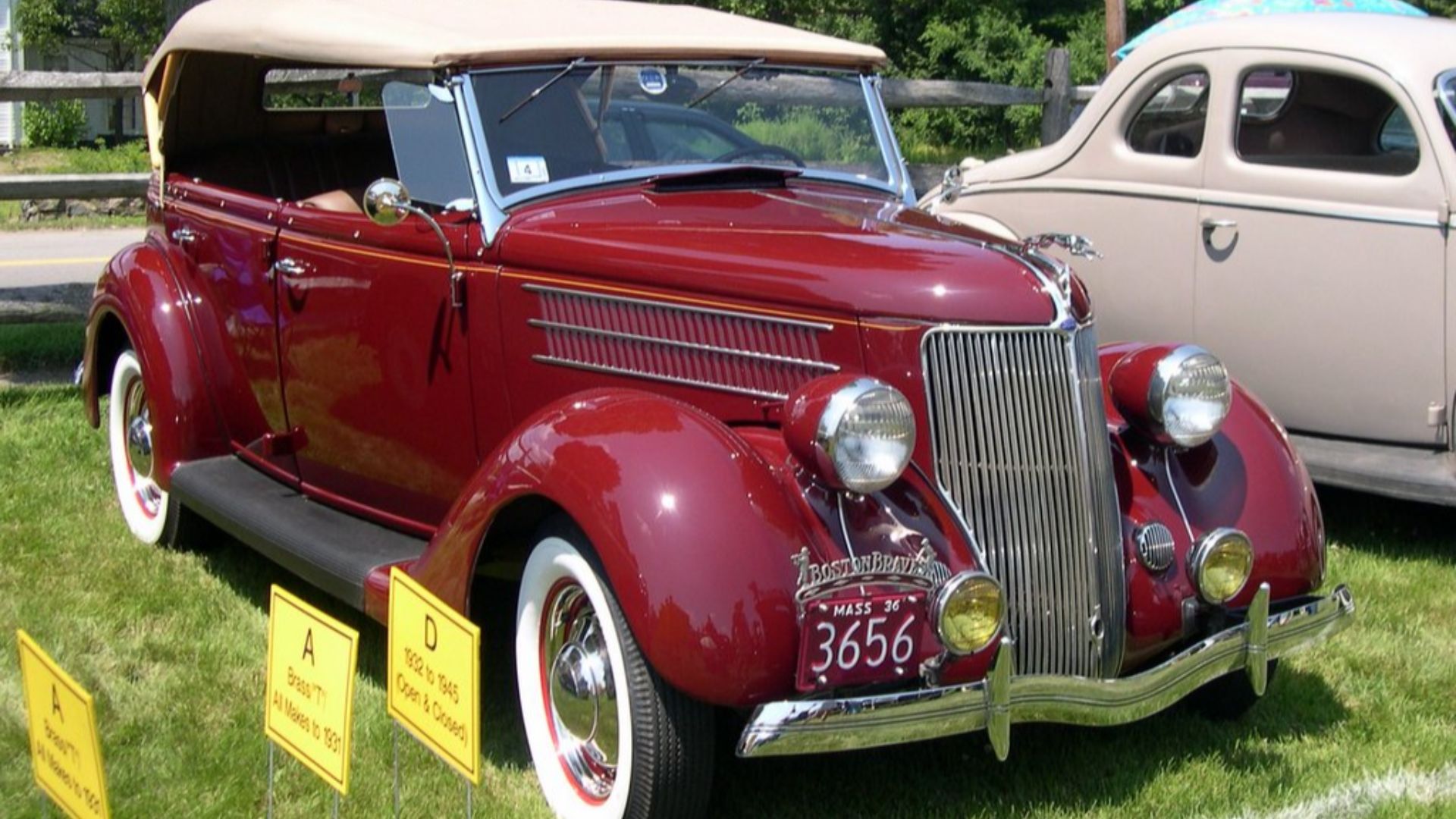 Stephen Foskett (Wikipedia User: sfoskett), Wikimedia Commons
Stephen Foskett (Wikipedia User: sfoskett), Wikimedia Commons
1939 Packard Twelve
This car brought a level of refinement that Americans easily associated with steady leadership. The smooth V12 and classic lines suited the era’s elite tastes, even if it wasn’t Roosevelt’s official choice. It earned respect through engineering excellence and the timeless grace Packard was known for.
1939 Lincoln Model K “Sunshine Special”
The Sunshine Special genuinely shifted the future of presidential transport. Custom-built for Roosevelt, this car offered an open roof for public visibility and early security upgrades for protection. Because it served through pivotal years, it became a rolling witness to wartime speeches.
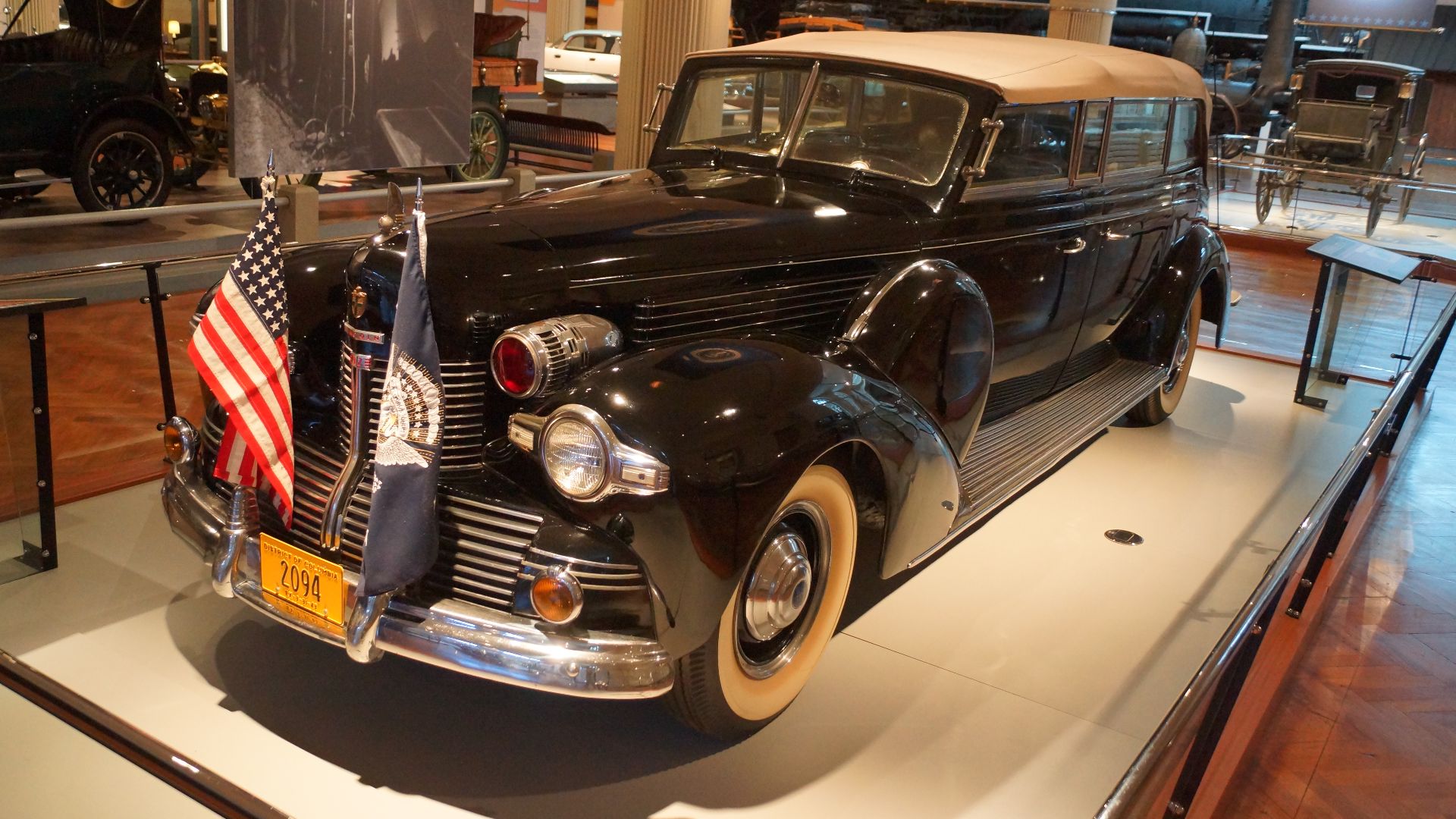 Greg Gjerdingen from Willmar, USA, Wikimedia Commons
Greg Gjerdingen from Willmar, USA, Wikimedia Commons
1919 Pierce-Arrow Series 51
President Wilson used the Pierce-Arrow Series 51, making it a notable fixture of early presidential-era motoring. Its signature fender-mounted headlights and large inline-six made it instantly recognizable. In many ways, the car represented exactly the kind of thoughtful design mastery admired by American leaders of the time.
 Sheila Scarborough, Wikimedia Commons
Sheila Scarborough, Wikimedia Commons
1947 Studebaker Champion
The 1947 Studebaker Champion stepped into the postwar world with fresh styling and an efficient 2.8-liter six. President Harry S. Truman’s promotional connection helped bring attention to it, but the car’s real importance came from symbolizing America’s design shift toward cleaner lines and a more optimistic automotive future.
 Riley from Christchurch, New Zealand, Wikimedia Commons
Riley from Christchurch, New Zealand, Wikimedia Commons
1950 Oldsmobile 98
America’s fascination with postwar power found momentum in the Oldsmobile 98. The Rocket V8 brought impressive performance to everyday driving to set a tone for the decade ahead. The model influenced the luxury direction that many official vehicles would later follow.
 Don O'Brien from Piketon, Ohio, United States, Wikimedia Commons
Don O'Brien from Piketon, Ohio, United States, Wikimedia Commons
1950 Lincoln Cosmopolitan
Presidential protection took a major step forward with Truman’s Lincoln Cosmopolitan. Reinforced armor, thicker glass, and a heavy flathead V8 created a far safer environment than previous limousines. Ford’s direct involvement signaled a turning point, which shifted presidents toward manufacturer-supported security.
1956 Lincoln Continental Mark II
Luxury took on a restrained form in the Continental Mark II. Its hand-assembled 368-CID V8 and understated styling showed American artistry aiming for global recognition. President Dwight D. Eisenhower’s usage of the car added prestige, yet the car’s legacy stands on its elegance.
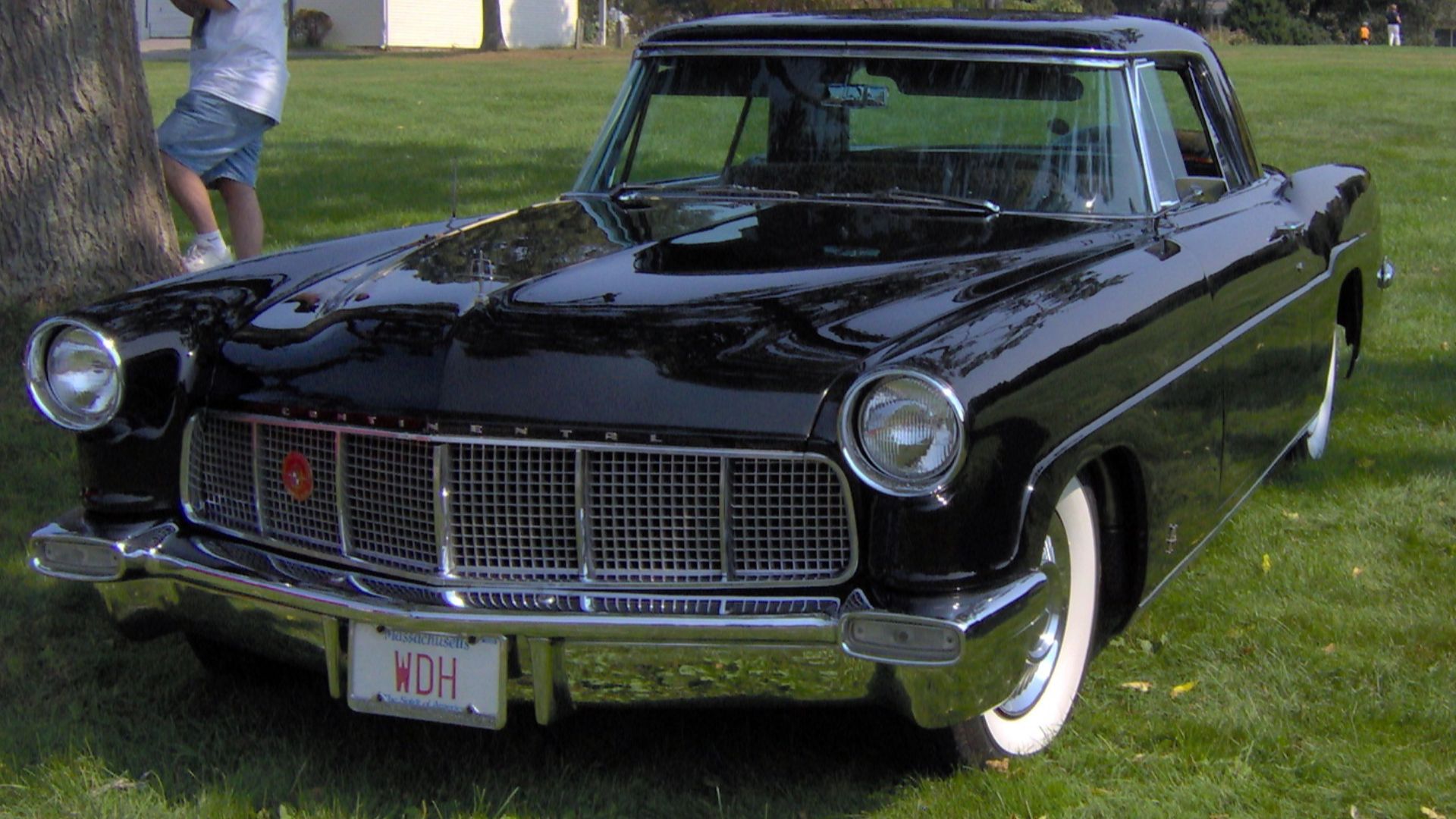 Stephen Foskett (Wikipedia User: sfoskett), Wikimedia Commons
Stephen Foskett (Wikipedia User: sfoskett), Wikimedia Commons
1961 Lincoln Continental Limousine (SS-100-X)
Mid-century optimism shaped the original SS-100-X, built for close public interaction with its open layout and streamlined design. Following President John F. Kennedy’s assassination, the car was rebuilt with extensive armor. That transformation marked a shift from approachable toward a far more guarded version.
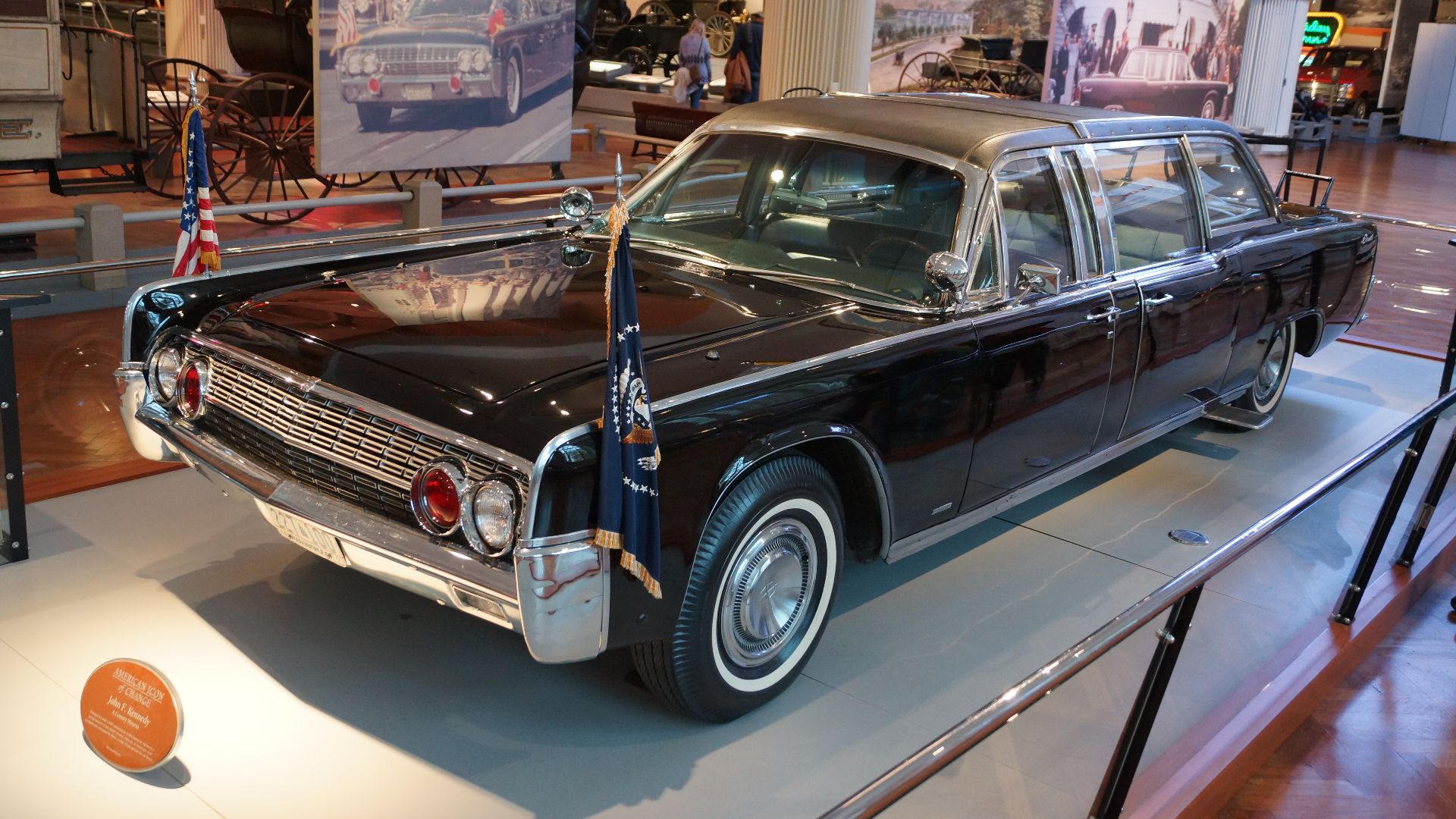 Greg Gjerdingen from Willmar, USA, Wikimedia Commons
Greg Gjerdingen from Willmar, USA, Wikimedia Commons
1961 Ford Thunderbird Convertible
Kennedy’s Thunderbird added a stylish element to his public image. The convertible suited his Palm Beach routine and provided a more personable presence than formal limousines. Its smooth lines reflected the youthful energy that became a hallmark of his early 1960s persona.
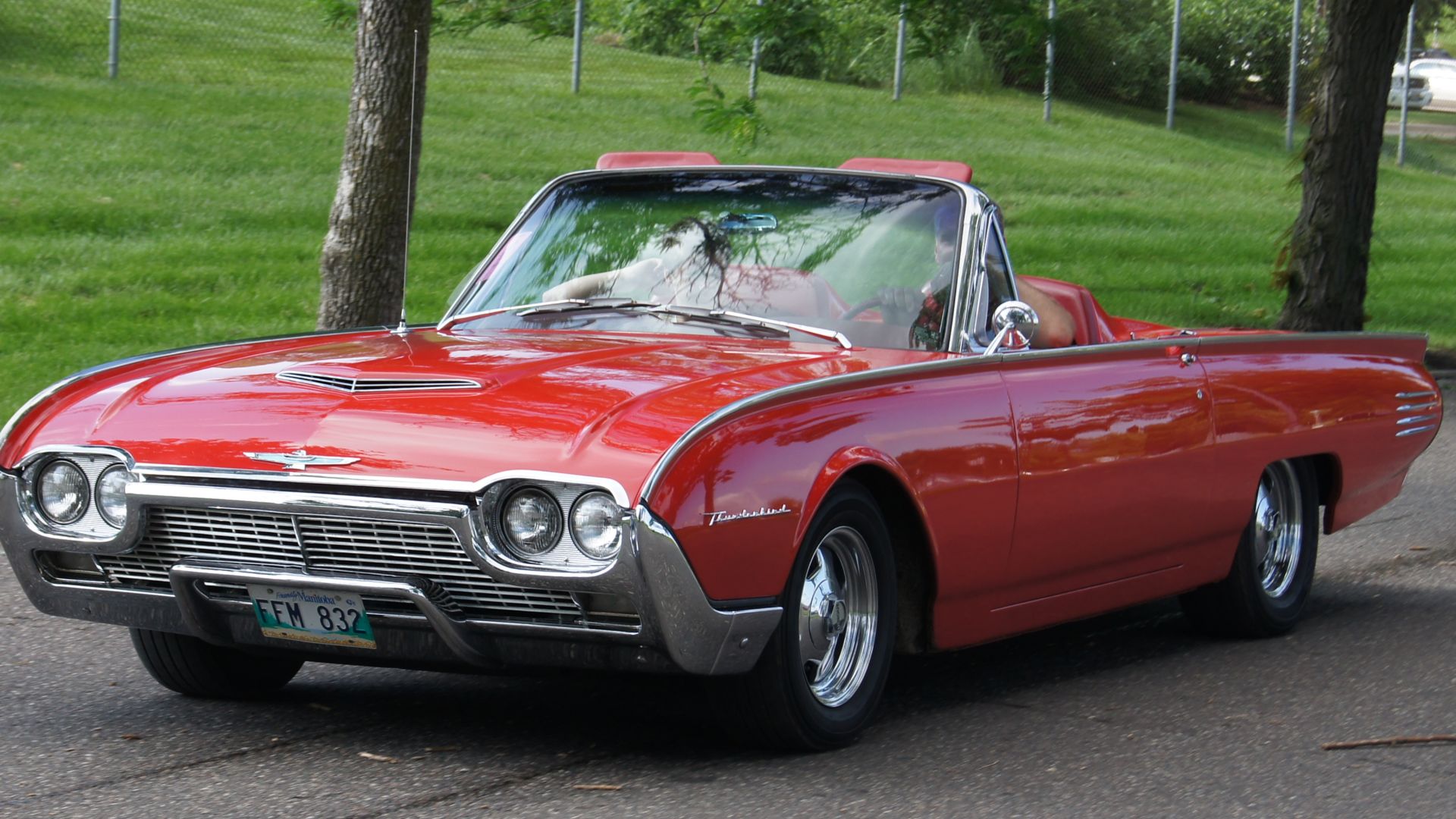 Greg Gjerdingen from Willmar, USA, Wikimedia Commons
Greg Gjerdingen from Willmar, USA, Wikimedia Commons
1969 Lincoln Continental
By 1969, the Lincoln Continental had already earned a reputation for authority. This version, sporting a 429 V8 and conventional rear doors, felt more contemporary. Presidents like Richard Nixon used their modified variants for official duties, while others simply enjoyed their confident, road-commanding character.
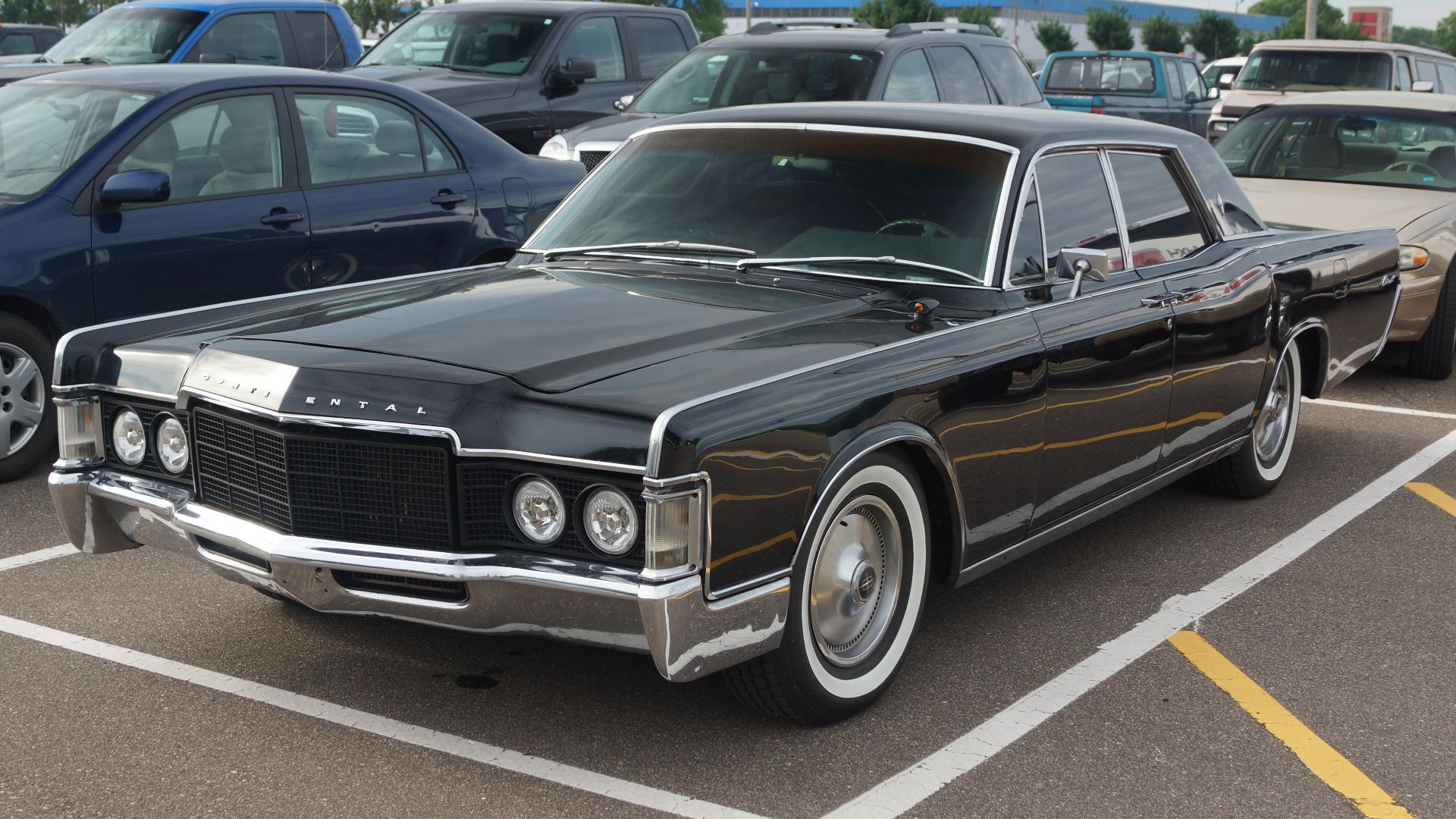 Greg Gjerdingen from Willmar, USA, Wikimedia Commons
Greg Gjerdingen from Willmar, USA, Wikimedia Commons
1972 Jeep CJ-6
President Ronald Reagan’s CJ-6 captured the unfiltered side of his personality. Longer than the CJ-5 and powered by a 6-cylinder engine, it handled ranch work with ease. Photos of him driving it across his California property helped shape his image as outdoorsy and refreshingly informal.
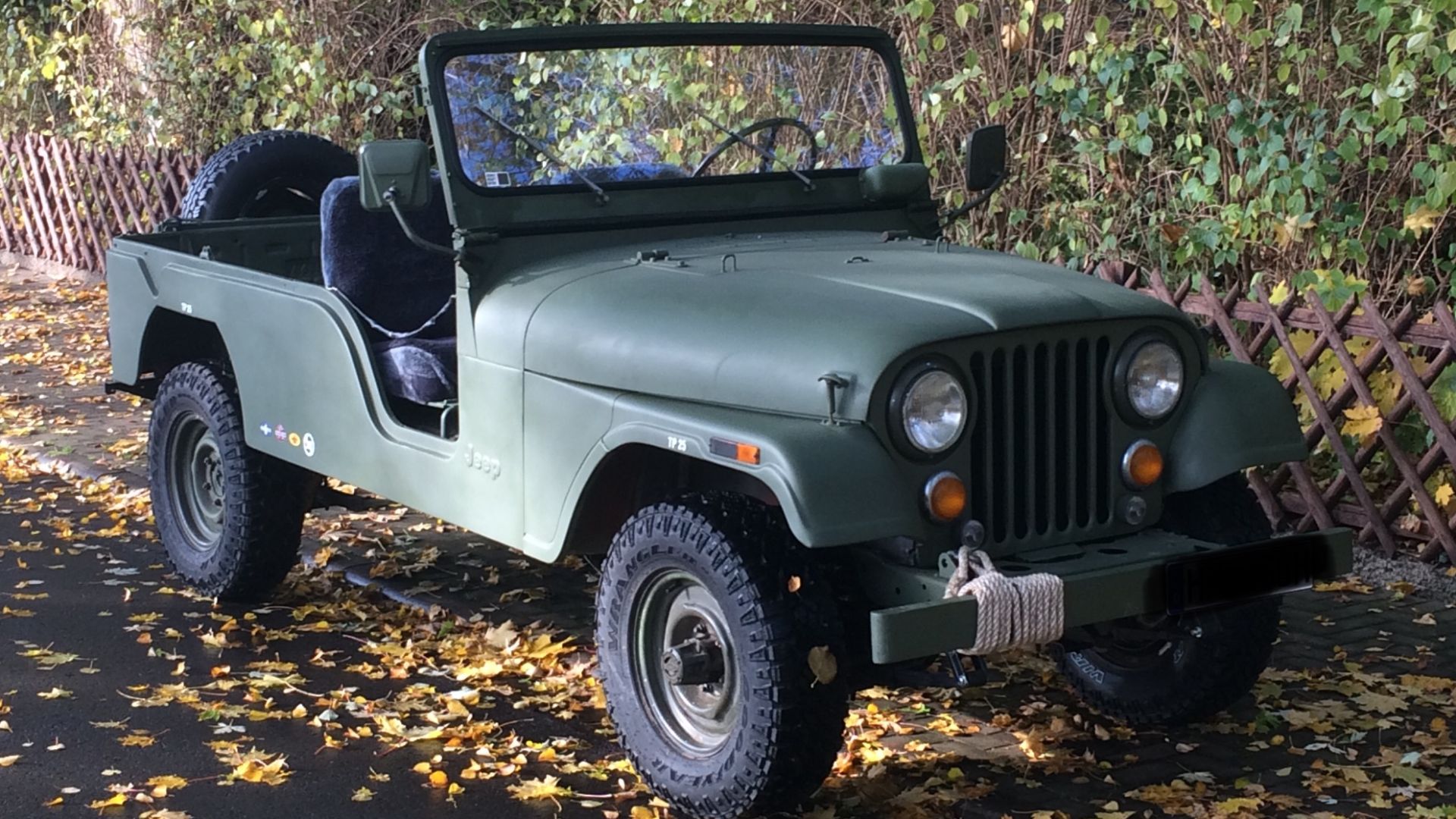 Rennmaeher19, Wikimedia Commons
Rennmaeher19, Wikimedia Commons
1967 Ford Mustang Convertible
American performance took a bold turn with the 1967 Mustang’s tougher stance and stronger engines. Former US President Bill Clinton owned the model, and the car’s features are worth noticing. With its powerful 390 V8, improved dual hydraulic brakes, and a convertible body, it added everyday charm.
Amphicar Model 770
President Lyndon Johnson had a real fondness for the Amphicar and used it for the lake prank that kept its legend alive. Its tiny 1.1-liter engine and amphibious design were built for pure fun. It gave this quirky vehicle a place in presidential history unlike anything else.
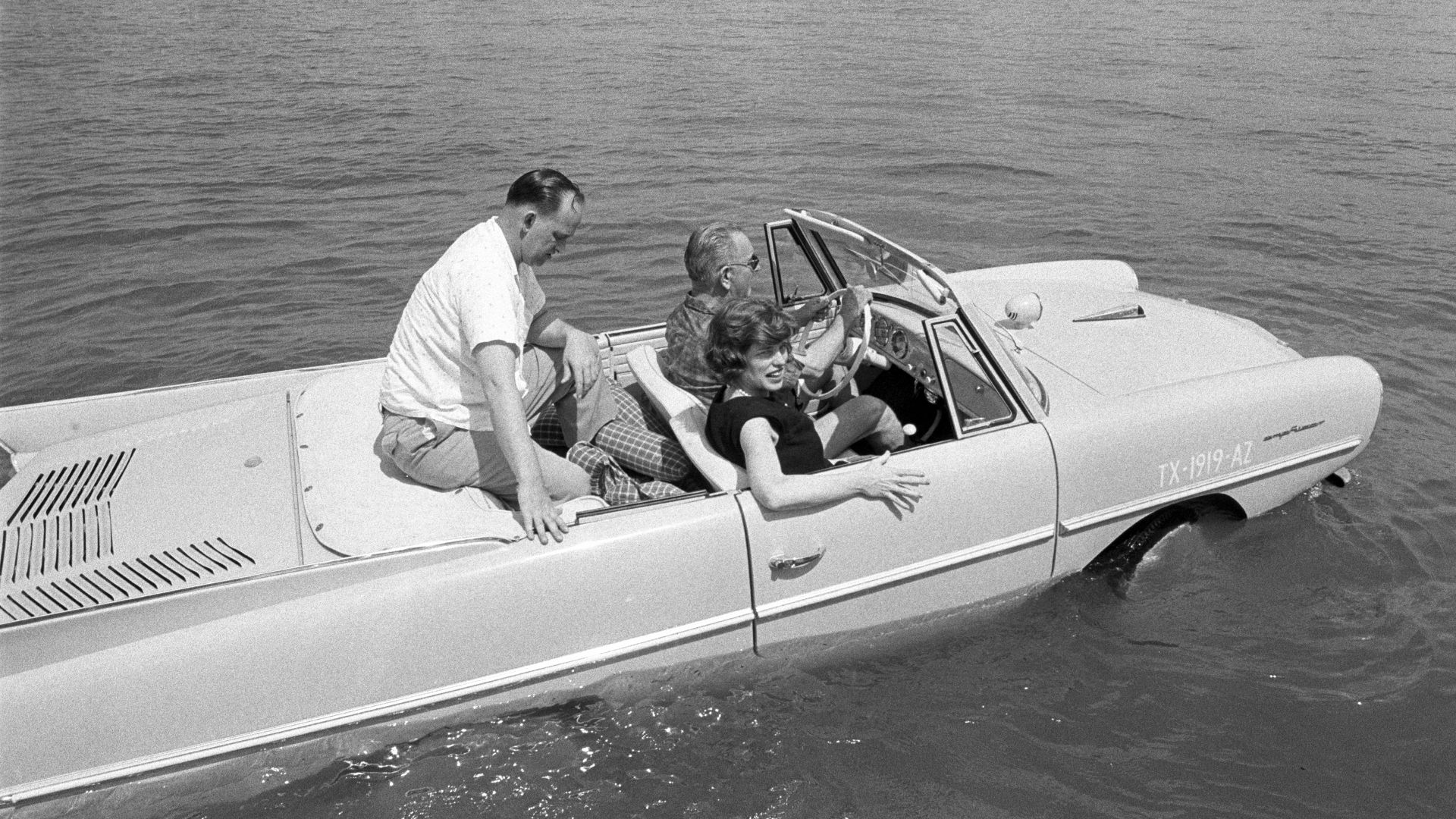 Yoichi Okamoto, Wikimedia Commons
Yoichi Okamoto, Wikimedia Commons
2011 Ground Force One
Ground Force One gave presidential road travel a new level of presence. Built on a Prevost bus chassis, it carried advanced security systems and full communications capabilities. The design offered a rolling command center that balanced mobility with heavy protection for long-distance travel.
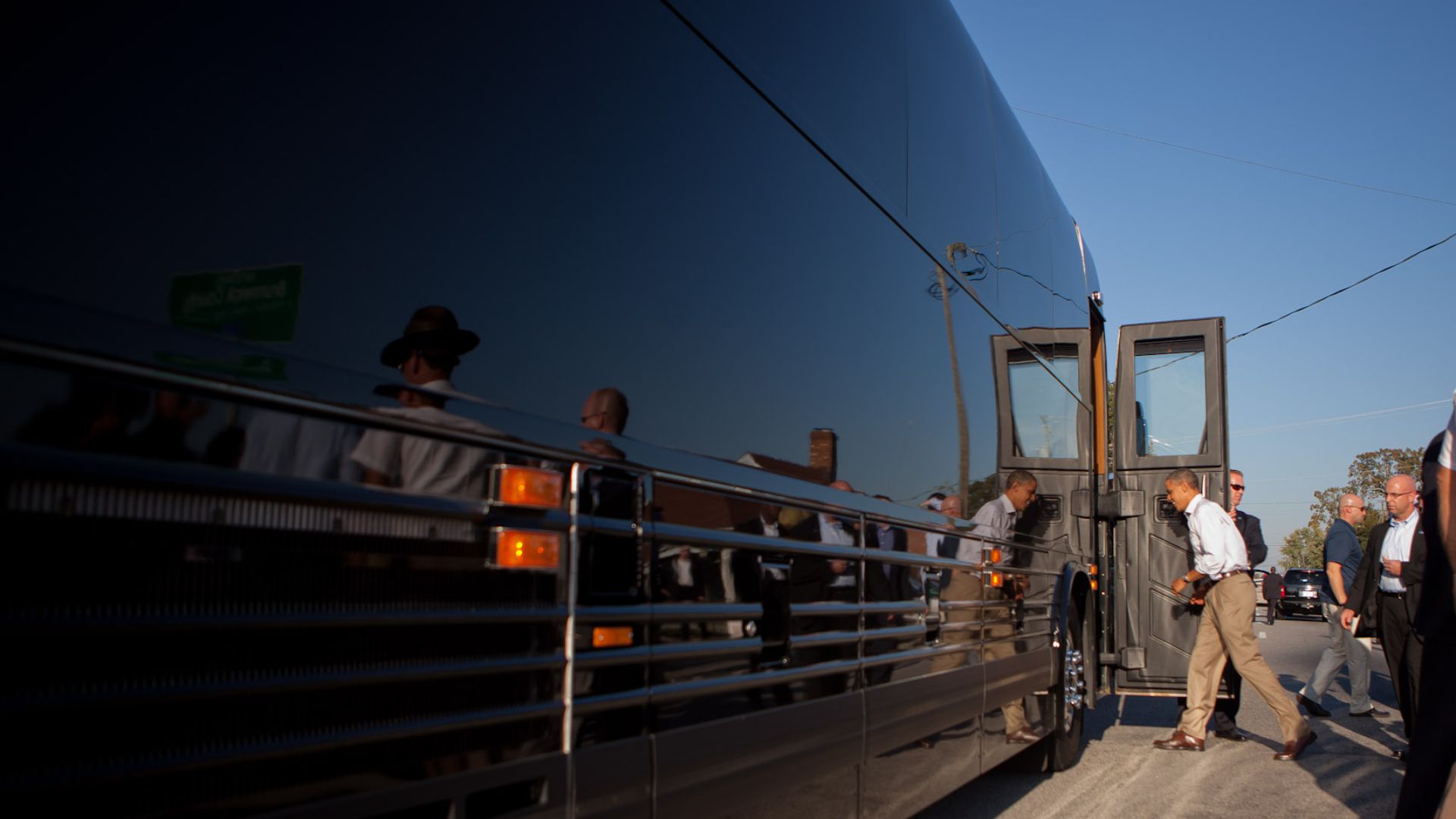 (Official White House Photo by Lawrence Jackson), Wikimedia Commons
(Official White House Photo by Lawrence Jackson), Wikimedia Commons
1942 Lincoln Custom
The 1942 Lincoln Custom served both Roosevelt and Truman, offering a dignified mix of presence and protection during wartime and postwar years. Its substantial size and understated luxury made it a dependable presidential staple before more specialized armored vehicles became the norm.
 TaurusEmerald, Wikimedia Commons
TaurusEmerald, Wikimedia Commons
1993 Cadillac DeVille
Clinton’s DeVille limousine brought a more modern platform into presidential service. An armored version of the front-wheel-drive sedan surrounded its 4.9-liter V8 with advanced protection. The model showed how mainstream production cars could be reshaped into secure state vehicles.
 That Hartford Guy from Hartford, Connecticut, USA, Wikimedia Commons
That Hartford Guy from Hartford, Connecticut, USA, Wikimedia Commons
1997 Lamborghini Diablo VT Roadster
Trump’s Le Mans Blue Diablo VT Roadster added a wild chapter to presidential car history. With its 5.7-liter V12, all-wheel drive, and removable roof, it was built purely for thrill-seeking. It reminded everyone that presidents can have personal tastes that can be surprisingly bold.
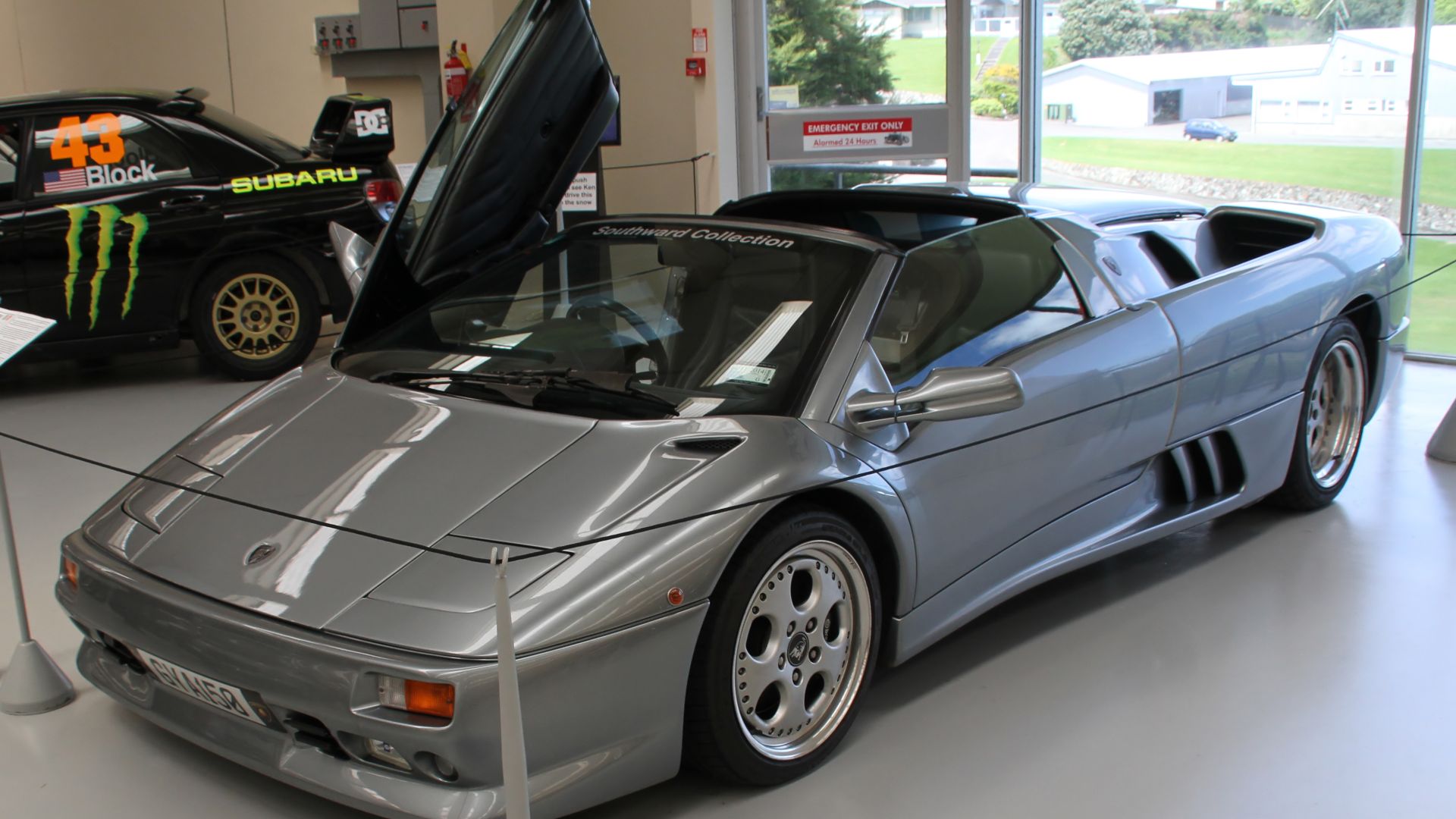 Tony Hisgett from Birmingham, UK, Wikimedia Commons
Tony Hisgett from Birmingham, UK, Wikimedia Commons
2009 Cadillac Presidential Limousine “The Beast”
The original Beast reshaped expectations for head-of-state vehicles. Beneath its Cadillac exterior sat a heavily fortified, truck-based structure equipped with sealed air and advanced communication systems. Its arrival marked a dramatic shift toward full-scale defensive engineering for presidential travel.
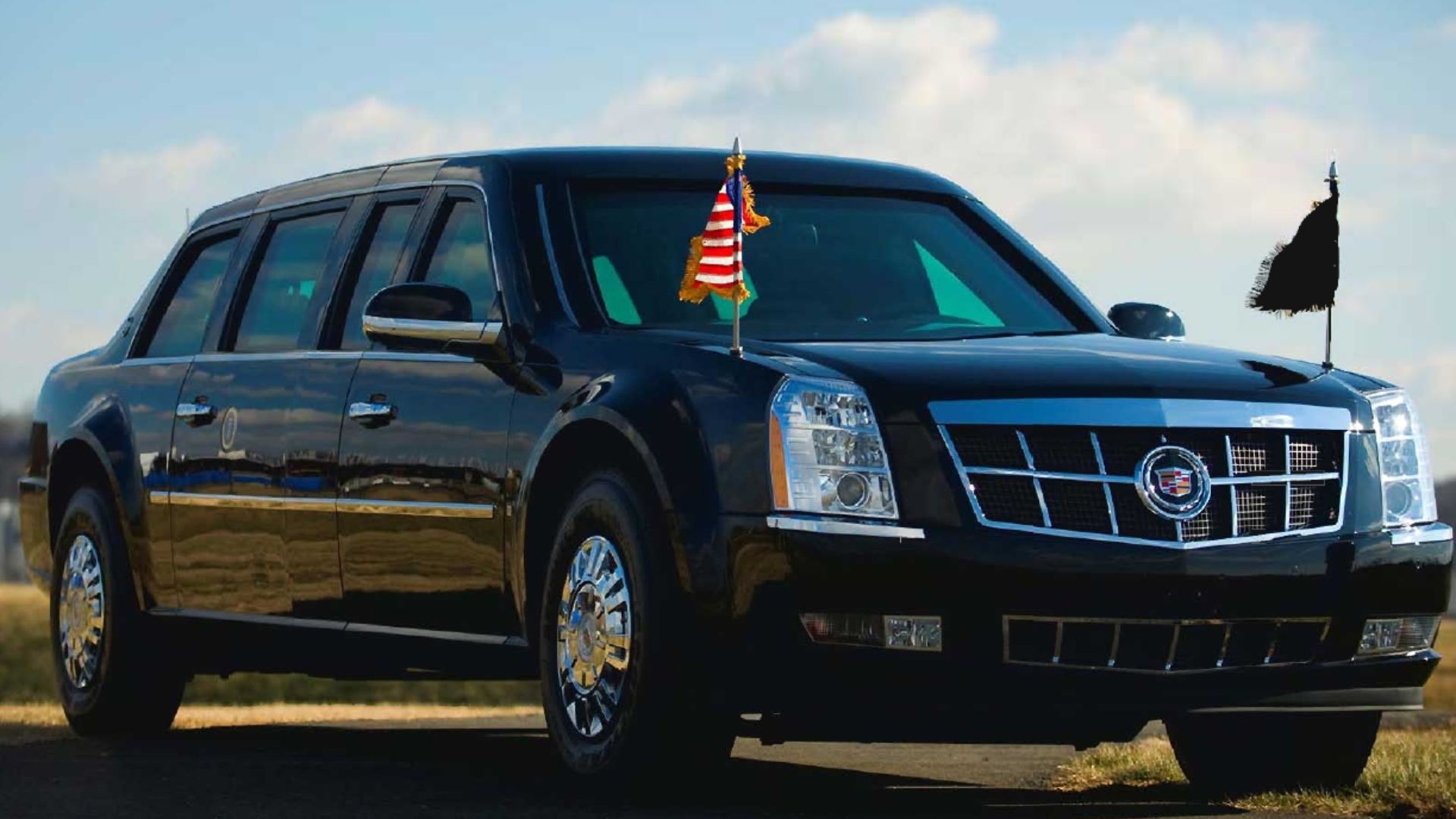 US Secret Service, Wikimedia Commons
US Secret Service, Wikimedia Commons
2018 Cadillac Presidential Limousine “Beast II”
Debuting during Trump’s term, it featured upgraded armor and immense weight that hinted at unseen capabilities. Because most specifications remain classified, the vehicle’s imposing presence became the clearest indicator of its advanced security role. Moreover, the advanced communication system in the car was a marvel in itself.
1989 Lincoln Town Car
Years of reliable motorcade service made the 1989 Town Car a familiar part of the presidential movement. Its roomy interior and smooth V8 suited staff transport and security needs. Over time, it helped define the look of classic American executive travel.
 edward stojakovic from chicago, United States, Wikimedia Commons
edward stojakovic from chicago, United States, Wikimedia Commons
Cadillac Fleetwood Series 75 (1955–1976)
Ceremonial occasions throughout much of the 20th century often featured the Fleetwood Series 75. With privacy partitions and customizable coachwork, it carried all official dignitaries alike. The model’s long lifespan reflected Cadillac’s enduring place in America’s official and diplomatic scenes.
1967 Chevrolet Corvette Stingray C2
Performance peaked in the final year of the C2 Stingray, particularly with its legendary 427 engine, capable of producing enormous power. Lyndon B. Johnson enjoyed his car so much that he even gifted them to friends.
 Riley from Christchurch, New Zealand, Wikimedia Commons
Riley from Christchurch, New Zealand, Wikimedia Commons

